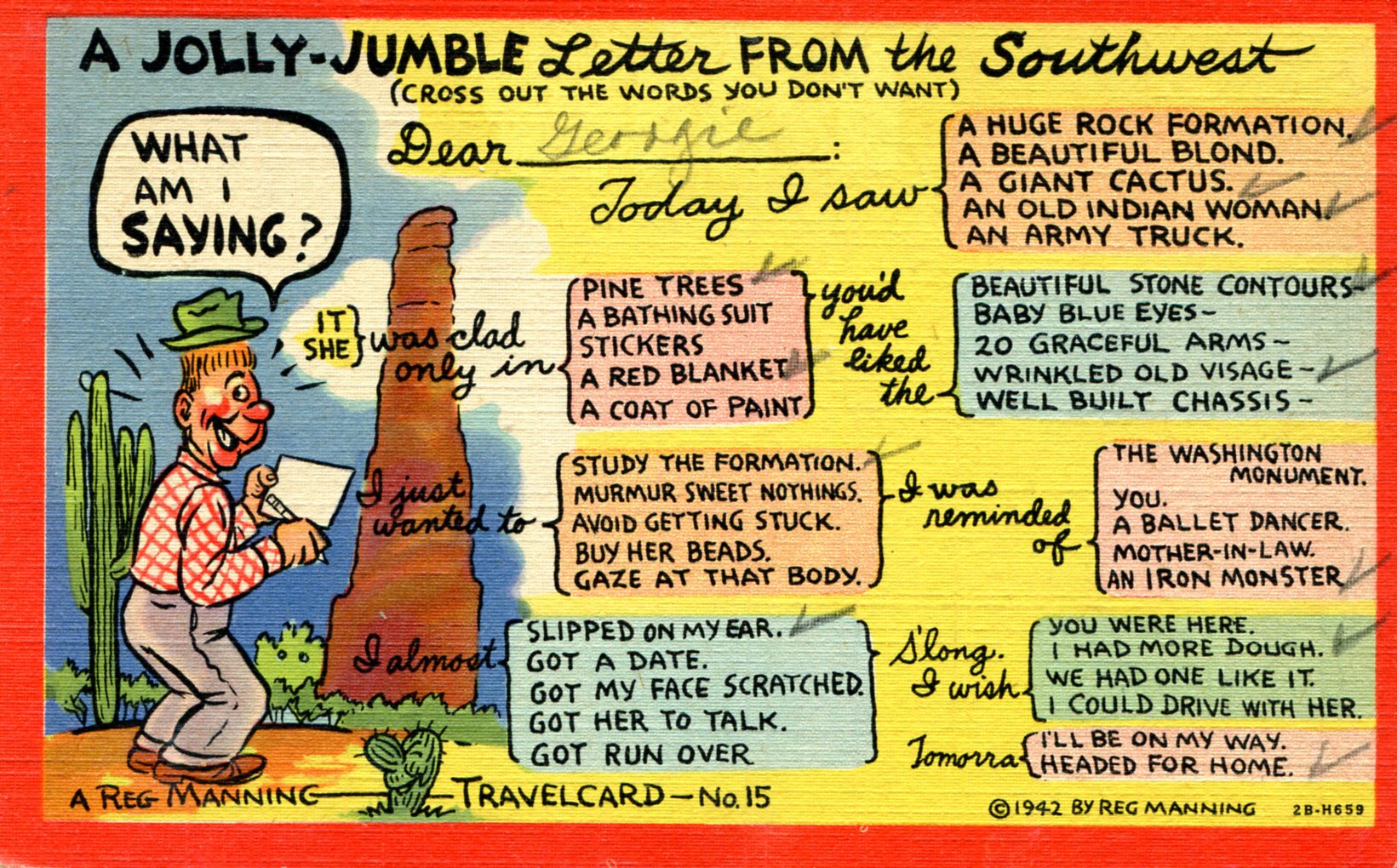While the Northeast is buried under snow, I look out onto a patch of northern Illinois — my yard — that’s brown. The heavy snow of December gave way to a moderate January, by local standards, and all the white went away. It’s cold out there, but it doesn’t look like February, which is usually marked by unmelted snow in some spots, or at least in the shadows.
I noticed the other day that My Favorite Martian was on demand, so I watched the first episode. I don’t have much memory of its original airing, from 1963 to ’66, and I don’t remember seeing it in syndication, so it’s essentially new to me. Verdict: mildly amusing at times, mostly because Ray Walston and Bill Bixby had some comic talent. But I don’t think I need to watch many more episodes, thus putting it in the same class as Mister Ed or Leave it to Beaver.
Reading a bit about the show, I learned that Bill Bixby’s full name was Wilfred Bailey Everett Bixby III. In our time, that would be the original name of a hip-hop star. Also, just before he died, he married Judith Kliban, widow of B. Kliban.
Hadn’t thought about B. Kliban in years. Didn’t know he was dead, but he has been since 1990. Somewhere at my mother’s house (I think) are collections of his cartoons that I bought. One is called Never Eat Anything Bigger Than Your Head. Words to live by.
At a magazine rack in a big box store not long ago, I saw a copy of Rolling Stone. I was shocked. It was so thin you could put it in a box and use it for Kleenex. The magazine was also standard size, or smaller, not the tabloid that by rights it should be. It was like running into an old acquaintance who’s now dying of a wasting disease. Guess its real presence is online now anyway.
“Acquaintance” because I never read Rolling Stone that much. Not all together my kind of magazine. But I would pick it up and look at in doctors’ offices or from friends’ coffee tables or the like. And I have to say it often had interesting covers, even if they depicted celebrity musicians I cared nothing about.
Last Friday, I dropped by the visit the Friendship Park Conservatory, a small conservatory that’s part of the Mount Prospect Park District. Nice to see some green now, even if the pit of winter this year isn’t too deep.
The last time I remember being there was in late summer, when it was green outside the conservatory as well as inside. Back in 2005. The girls were a lot smaller then.
 Early this week, Junk King paid a visit to a house on my block.
Early this week, Junk King paid a visit to a house on my block.
 I’d heard of the company, but never seen one of its distinctive red trucks before.
I’d heard of the company, but never seen one of its distinctive red trucks before.




